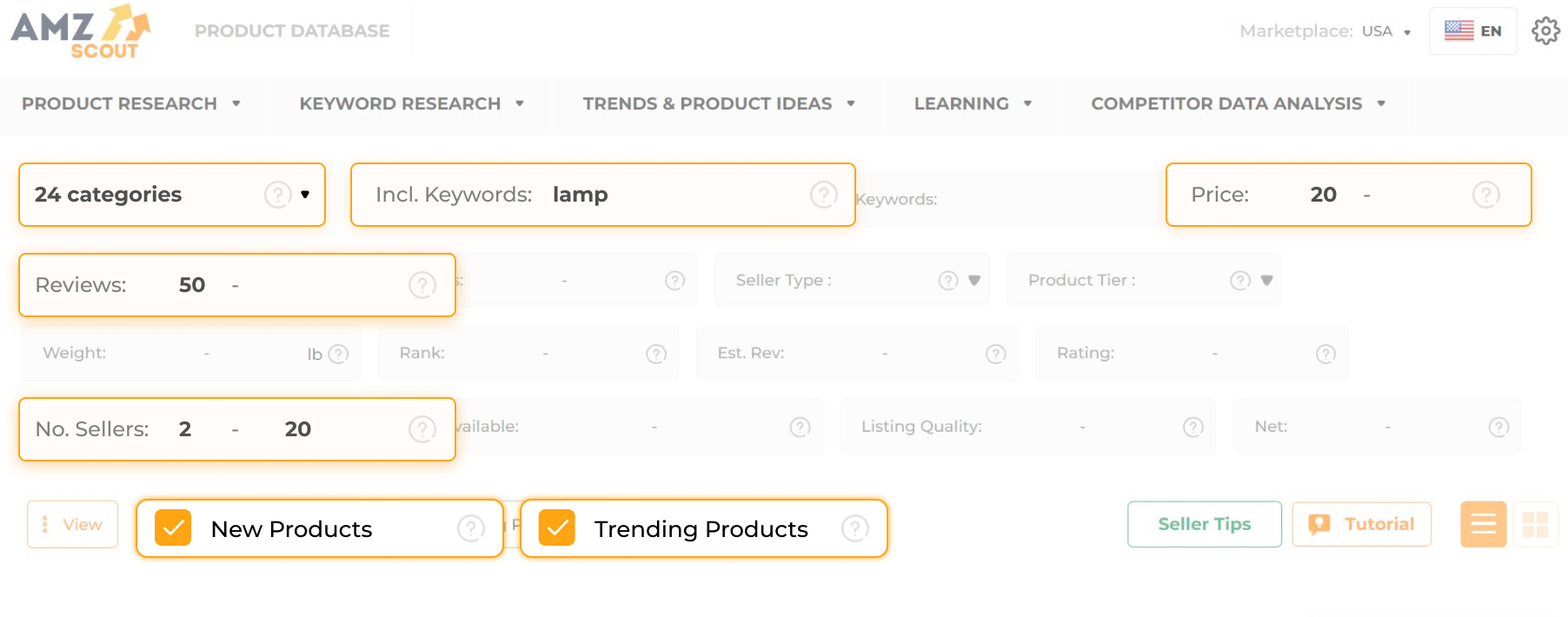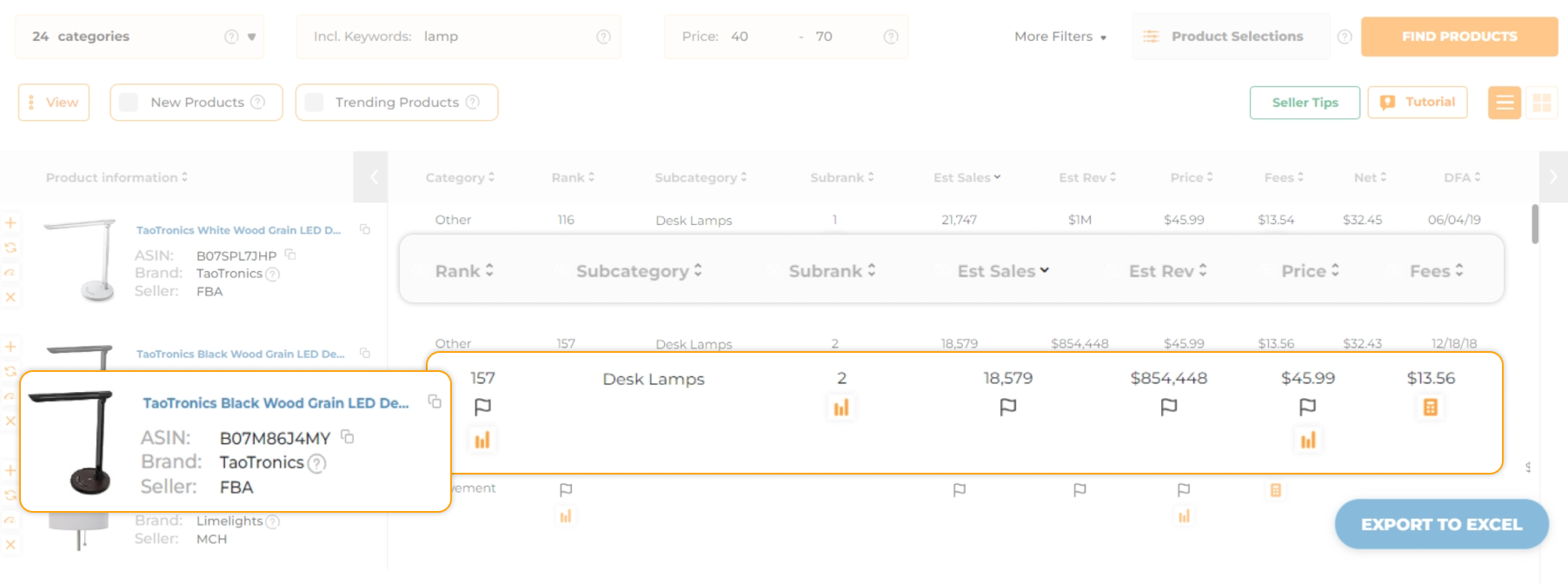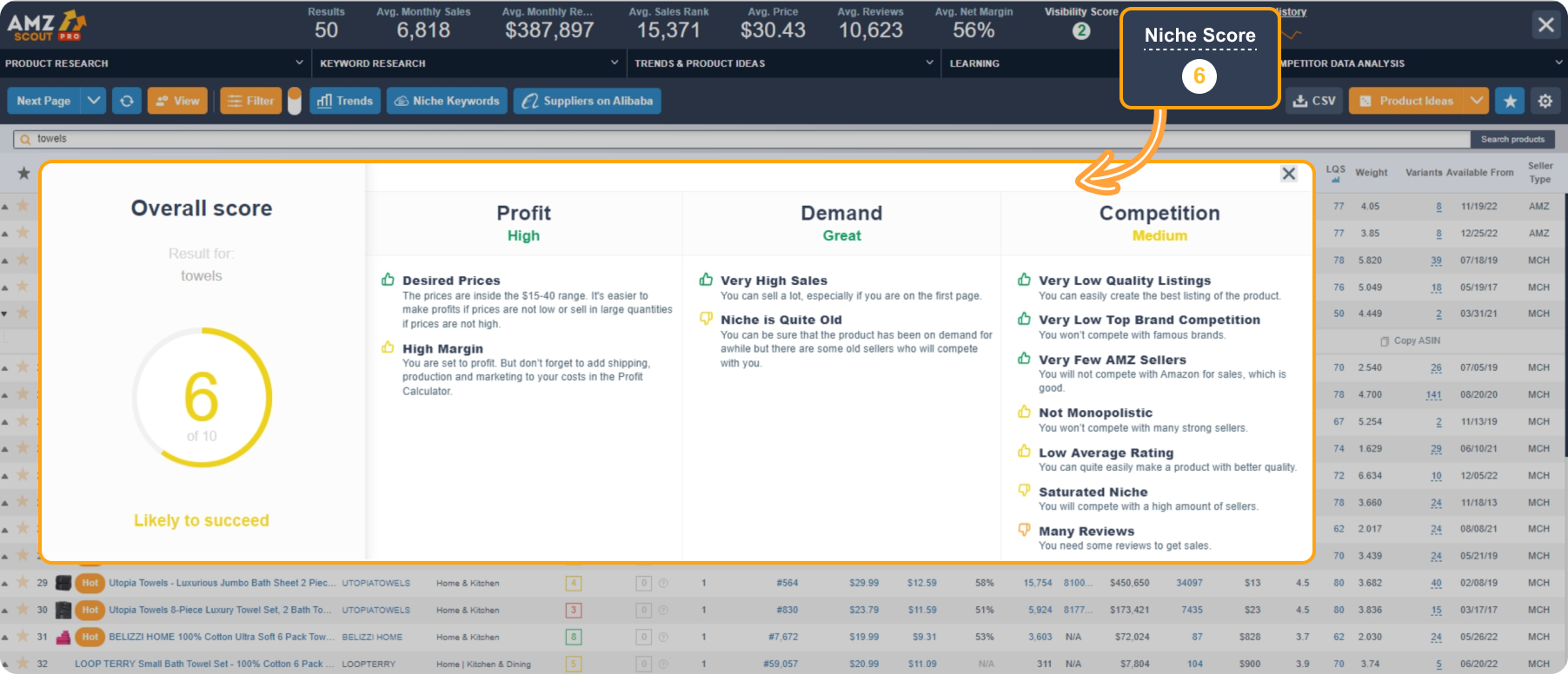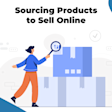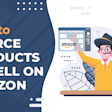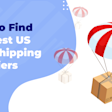
Benefits of Local Sourcing: Tips from an Experienced E-Commerce Seller
Many new sellers believe sourcing products from overseas is more profitable due to lower product prices. However, this is a common misconception. Sourcing from local suppliers can often be more convenient and generate quicker profits.
Table of contents
- My Story
- What Local Sourcing Means
- What Are the Differences Between Local and Global Sourcing
- Pros and Cons of Sourcing Locally
- What Products to Source Locally to Sell on Amazon
- Where to Find Domestic Suppliers
- How to Outsmart the Competition with Local Suppliers
- How to Source Products with Low Investments
In this article, we'll delve into both the advantages and drawbacks of domestic sourcing, as well as strategies for maximizing profits from this approach.
My Story
My name is Ace Goldwin, and I’m the owner of a successful, seven-figure Amazon business, and an experienced mentor to e-commerce sellers. I'm here to share my journey of launching my own venture and achieving success.
During the 2008 financial crisis, I lost my job and couldn’t find work, not even as a janitor. So, I turned to self-employment and started selling on online marketplaces. With no savings, I sourced products locally with a minimal investment. My first day on eBay resulted in a $70 sale, convincing me of the profitability of running an online business. That's when I decided to expand to Amazon.
Now, after 16 years in the e-commerce industry, I recently hit a new milestone – $100,000 in profits in a single day. As a mentor, I've gained extensive experience, teaching over 2,000 students, some of whom have also become seven-figure Amazon sellers.
This success record is proof that my strategy of domestic sourcing works. Let me share some insights on how to find profitable products and reliable domestic suppliers.
What Local Sourcing Means
Local sourcing involves purchasing products from suppliers within your own country or even nearby location. For instance, if you're located in the U.S., you don’t need to order from Chinese factories. Instead, you can seek out U.S. suppliers who may also offer domestically produced goods.
What Are the Differences Between Local and Global Sourcing?
The key distinction between local and global sourcing lies in the supplier's location. When you opt for domestic procurement, you save on shipping costs, since the supplier is operating from the same country as you. However, suppliers overseas may offer benefits like lower product prices and a greater variety of products to choose from.
Each approach has its own advantages and disadvantages, which we'll explore in the following section.
Pros and Cons of Sourcing Locally
For my business, I opted to work with U.S. based suppliers for both practical reasons and my personal preferences. Drawing from both my own experience and that of my students, I've identified the following pros of sourcing locally:
Instant business: You can pick up products the same day and start selling them. This means you can recoup your investments quickly and generate profits to expand your business.
Reduced shipping costs and time: Local suppliers offer faster and cheaper shipping due to their proximity, since there are no customs clearance processes or import fees. You will also bypass the hassle of extensive customs paperwork or delivering products from ships to Amazon FBA centers.
Supporting the local economy: Having faced my own job loss, I have a greater appreciation for backing our local economy. When you choose U.S. suppliers, you’re helping to provide employment opportunities for fellow citizens.
Easy communication: With local suppliers, there's no language barrier or less significant time zone differences, leading to more efficient communication. Dealing with local suppliers makes verifying reliability easier, which reduces the risk of fraud.
More business opportunities: Dropshipping is a low-investment model where you pay the supplier only after receiving an order, which they ship directly to the customer. However, many e-commerce platforms restrict this option if the supplier is not in the U.S., due to longer delivery times.
Fewer unforeseen obstacles: For example, there are no delays due to differences in national holidays. Additionally, there's less risk of product damage during delivery compared to importing from abroad.
Certainly, every coin has two sides. Prices for products abroad are typically much lower, but this can also compromise quality. There's also a larger pool of suppliers globally, making it easier to find lucrative deals. Additionally, foreign suppliers often require a lower MOQ (Minimum Order Quantity) for personalized or unique items compared to local suppliers.
While the processes of sourcing locally and globally differ significantly from each other, both avenues start with finding a product to sell. Below are some tips on how to identify a profitable item.
What Products to Source Locally to Sell on Amazon
Amazon is my primary source of revenue, and it's an excellent platform for beginners to start their own businesses. Some of my students have achieved six-figure sales within just three months. But to become a successful seller, it's crucial to find profitable and high-demand products. Initially, I conducted my own research, but now I use the analytical tools from AMZScout to save time and quickly identify the right items.
Finding a Profitable Product Idea with the Product Database
I initiate my research by exploring potential products to sell. The Product Database by AMZScout offers statistics on 600 million Amazon products. This extensive database allows me to identify trending items in the market and pinpoint possibly profitable opportunities.
Here's how to use the tool:
1. Go to the AMZScout Product Database. Start a free trial by entering your email address.
2. Apply filters to narrow down your search. There are 16 search filters to refine your search. I personally use the following ones:
Weight: I prefer products under 4 lb to minimize shipping costs. I also tend to opt for non-fragile items.
Estimated revenue: I set a target of $15,000 to ensure a high-profit margin, covering expenses and allowing for further investment.
Reviews: To avoid intense competition with established sellers, I limit products to a maximum of 800 reviews.
New and trending products: Enable this option to discover top items, ensuring a substantial volume of sales.
3. Get your results. Click Find Products to generate a list of items that match your criteria.
Next, you need to examine any product ideas that catch your eye. To ensure that they're profitable and align with your business goals, conduct a thorough product analysis using the PRO Extension by AMZScout. This tool allows you to evaluate each product individually and check key factors like sales volume, estimated profit per month, sales history, and more.
Check Product Profitability with the PRO Extension
Here's how to do this analysis:
1. Get the AMZScout PRO Extension.
2. Search for a product. Enter a product name or paste the product ASIN from the Product Database into the Amazon search field.
3. Open the PRO Extension. Click on the icon in the upper right-hand corner of the page.
4. Evaluate the niche performance. Click on the Niche Score, located in the upper right-hand corner of the page. I prefer niches with a score greater than 7, as this indicates strong potential with low competition, high demand, and favorable margins.
5. Check the product performance. If the niche seems promising, I move on to examine individual items. Just click under the product you're interested in to review the following:
Product History: Check the sales data to ensure a steady trend without sudden drops, indicating consistent demand and sales.
Profit Calculator: Enter the product's costs (FBA fees are calculated automatically) to see if deducting these costs from the profit doubles the initial investment. If not, the item may not be profitable and may not be worth your time and effort.
This will enable you to identify high margin products for your business. This strategic approach ensures that you invest your resources into items with the greatest potential for success. In the next section, we'll explore how to find local suppliers to source these profitable goods.
Where to Find Domestic Suppliers
Once you've identified the best products to sell, finding a reliable supplier is crucial. Here are several effective ways to find domestic suppliers:
The AMZScout Toolkit: While you’re using the PRO Extension discussed in the previous section, you can also find local suppliers. Simply click “Suppliers on Alibaba” under the item you are interested in, and select the U.S. as your desired supplier location. This allows you to access a list of local suppliers that you can filter by product price and MOQ to suit your needs.
Local Chamber of Commerce, local directories and city business lists: Through these resources, you can check the suppliers' reputation through reviews and ratings, and get contact details on businesses in your area. The Chamber of Commerce can also offer networking opportunities.
Going to industrial zones: Visit industrial zones in your city where manufacturers and suppliers are often located, allowing you to explore and negotiate directly.
Networking events and trade shows: At professional events, you can meet suppliers in person and negotiate product distribution directly.
Google search and Maps: You can search online for suppliers by Googling "suppliers" plus the name of your location. Additionally, check results on Google Maps and review the feedback and ratings.
ChatGPT: Consider using AI tools to generate a list of potential domestic suppliers quickly by describing the product you want to sell. Be sure to verify this information, as the data can sometimes be outdated.
To avoid fraud, it's important to check suppliers’ reputation via Google and ask for business certificates. It's also advisable to contact several suppliers to help you narrow down the best offer. Then you can initiate negotiations, enabling you to outperform your competitors.
How to Outsmart the Competition with Local Suppliers
In addition to the benefits of local sourcing, you can also gain a competitive edge by applying advanced approaches to outsell your competitors. Here are some additional strategies to help you stand out:
Get exclusive distribution rights: Conduct market research to find local sellers who are not yet on Amazon. You can show them examples of their competitors who are selling similar products successfully on Amazon. Then negotiate exclusive rights to distribute their products to agree on lucrative terms.
Launch your own brand: Identify in-demand products with poor reviews. By finding a supplier who can improve the design, functionality, and packaging, you can create a unique brand. This will set you apart and give you a loyal customer base, allowing you to generate profits without direct competition.
Create bundles: To increase profits, sell related products together. For example, if you sell sports clothing, you can also offer fitness watches. This approach satisfies multiple customer needs at once, often at a better price, leading to a better customer experience and potentially more sales.
You can also outsmart competitors by sourcing from local suppliers with minimal investment. Let's delve into this strategy further in the next section.
How to Source Products with Low Investments
While overseas suppliers typically don't agree to work on consignment, it's possible to find U.S. wholesale and retail distributors who will. This means you can start your business without having to make immediate payment for products. Instead you wait to pay the supplier only after the products are sold.
I used this model for my own online business, since I had no savings for inventory. I reached out to local suppliers and set up an agreement detailing payment percentage and responsibilities. Products were delivered to Amazon FBA, and after each sale, I paid the supplier an agreed-upon percentage of the sale price. Oftentimes, it's possible to negotiate the return of unsold products without payment.
This model offers several benefits:
Low investment: You don't need to pay for goods upfront.
Low risk: You can try various products without the risk of losing money.
Cash flow: Your cash isn't tied up in unsold products.
To establish a profitable agreement, you need to prove yourself as a reliable partner. Be prepared to show the supplier your ID, reseller certificate, and sales history if applicable.
Building a trustworthy relationship with suppliers takes time, and requires timely payments and strict adherence to the terms. If you succeed, you can grow your business under very favorable conditions.
Conclusion
Sourcing products locally is ideal for those who want to avoid long wait times for goods and complicated relationships with foreign suppliers. With the benefits of domestic suppliers plus accurate product research provided by AMZScout, you can maximize your profits. This offers you freedom and flexibility while supporting your home country's economy.

